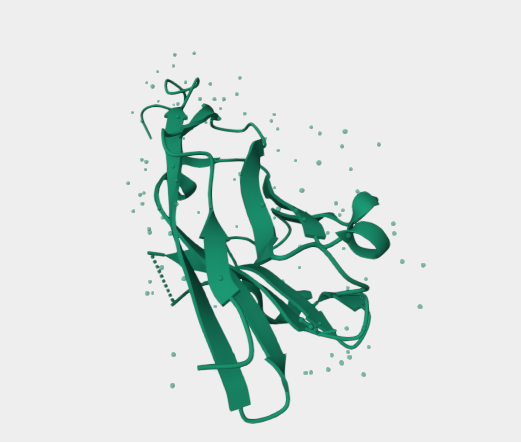Key features and details | |
Cat. No. | MABL-051 |
Name | Anti-MOG mAbs [M26](MABL-051) |
Clone No. | AFD-M26 |
From | Recombinant Antibody |
Isotype | Engineer antibody |
Application | Blocking, ELISA, IHC |
Species Reactivit | Rat, Human |
Basic Information | |
Specificity | Recognises a similar epitope as M38 and M45 as they have been shown to compete for binding. Does not recognise the same epitope as M3-8, M3-31 or M2-24. Is able to displace native anti-MOG Abs from C. jacchus serum. Has been shown to bind in situ by immunofluorescence. The epitope recognised is a structural epitope, shown by the lack of recognition of linear MOG peptides. Has also been shown to compete with Abs from the sera of some patients with MS. Recognises both recombinant hMOG125 and hMOG118 (Menge et al, 2011). |
Alternative Name | Myelin oligodendrocyte glycoprotein; rMOG; hMOG |
UniProt | Q63345 |
Immunogen | Callithrix jacchus marmosets were used, and experimental allergic encephalomyelitis was induced by the injection of rat MOG (aa1-125) into the marmosettes. The rMOG was expressed in E. coli and purified to homogeneity. The animals were killed 4-70 days after the onset of symptoms of EAE. Bone marrow and spleen cells were obtained from an immunized C. jacchus, the RNA extracted with Trizol reagent and rtPCR used to generate cloning inserts containing Fab portions of IgGk. Phage display was then used to select for the MOG-reactive Fab fragments using the pCOMB3H phage display vector, and binding confirmed using an ELISA. |
Application Notes | This antibody is part of a family of antibodies including clones M26, M38, M45, M3-8, M3-24, M3-31. This antibody has been proposed for the diagnosis and prognosis of multiple sclerosis (MS) or experimental allergic encephalomyelitis (EAE) which is a disease model for MS. This is achieved by using competition assays to determine if there are autoantibodies present in an individual which recognise structural epitopes on MOG which have been shown to be associated with the progression of MS. This antibody has been used in ELISAs and competition assays to characterise its epitope (see specificity statement) and determine whether the similar epitopes are recognised in marmosets with EAE and humans with MS. It was originally generated as a Fab fragment (von Budingen et al, 2002). This antibody has also shown to bind to hMOG expressed in a CHO cell line (Lalive et al, 2006). Analysis has also been done on the amino acid sequence of this antibody (von Budingen et al, 2006). |
Antibody First Published | von Budingen et al Molecular characterization of antibody specificities against myelin/oligodendrocyte glycoprotein in autoimmune demyelination Proc. Natl. Acad. Sci. U.S.A. 99 (12), 8207-8212 (2002) PMID:12060766 |
Note on publication | An analysis of 6 Fab fragments against epitopes on MOG, identifying at least 4 separate epitopes. Analysis of these epitopes including competition assays with marmoset auto-antibodies, human auto-antibodies from MS patients, and confirmation that the epit |
COA Information (For reference only, actual COA shall prevail) | |
Size | 100 μg Purified antibody. |
Concentration | 1 mg/ml. |
Purification | Protein A affinity purified |
Buffer | PBS with 0.02% Proclin 300. |
Concentration | 1 mg/ml. |
Storage Recommendation | Store at 4⁰C for up to 3 months. For longer storage, aliquot and store at - 20⁰C. |



